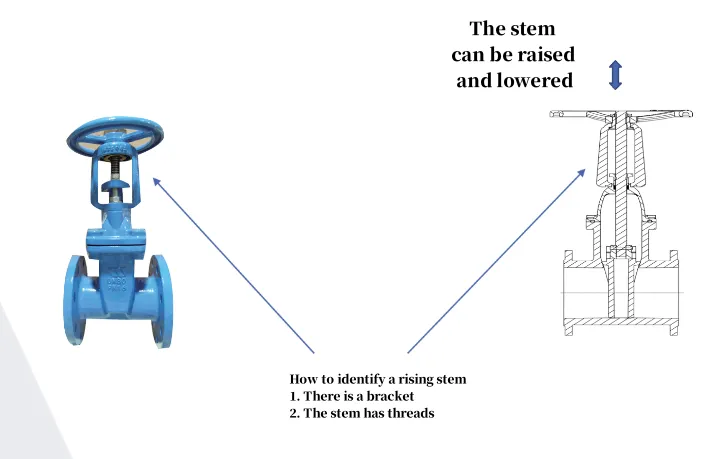flat face slip on flange dimensions
Understanding Flat Face Slip-On Flange Dimensions
When it comes to piping systems, flanges are essential components that facilitate the connection of pipes, valves, pumps, and other equipment. Among the various types of flanges, flat face slip-on flanges are noted for their versatility and ease of installation. This article explores the dimensions, applications, and advantages of flat face slip-on flanges.
Flat face slip-on flanges are designed with a flat, smooth surface, allowing them to fit directly against another flat surface without any raised features. This design is particularly useful in systems that require the connection to a flat-faced component, ensuring a tight seal is achieved between the two surfaces. Typically made from materials such as carbon steel, stainless steel, or alloy steel, these flanges can withstand various environmental conditions and pressures.
Dimensions of Flat Face Slip-On Flanges
The dimensions of flat face slip-on flanges are standardized according to industry specifications, such as those set by the American National Standards Institute (ANSI) and the American Society of Mechanical Engineers (ASME)
. Key dimensional factors include the flange diameter, thickness, bolt circle diameter, and the number of bolt holes.flat face slip on flange dimensions

- Flange Diameter The outer diameter of the flange varies by size. Common sizes range from 1 inch to 12 inches, although larger diameters are available for specific applications. - Thickness The thickness plays a crucial role in the flange's ability to withstand pressure. Standard thicknesses typically range from 0.5 inches for smaller diameters to over 1 inch for larger sizes. - Bolt Circle Diameter This is the diameter of the circle formed by the center of the bolt holes. For flat face slip-on flanges, it must be accurately measured to ensure proper alignment with mating flanges. - Number of Bolt Holes The number of bolt holes corresponds with the size of the flange and the pressure rating. Typically, a standard flange has either four or eight bolt holes, but this can vary based on specific requirements.
Applications and Advantages
Flat face slip-on flanges are widely used in various industries, including oil and gas, water treatment, and chemical processing. Their ability to provide a reliable connection for low-pressure systems makes them ideal for pipelines that transport water, gas, or other fluids.
One significant advantage of flat face slip-on flanges is their ease of installation. Unlike raised face flanges that require more precise alignment and additional gaskets, flat face flanges can be quickly and easily assembled. This simplicity reduces the overall time and labor costs associated with installation.
In conclusion, flat face slip-on flanges are a reliable choice for connecting piping systems. With standardized dimensions and practical applications, they offer numerous advantages, making them a staple in many industrial settings. Understanding these dimensions is crucial for engineers and technicians to select the appropriate flange for their specific needs, ensuring the efficiency and safety of the piping systems they work with.
-
The Key to Fluid Control: Exploring the Advantages of Ball Valves in Industrial SystemsNewsJul.09,2025
-
The Versatile World of 1, 2, and 3 Piece Ball ValvesNewsJul.09,2025
-
Stainless Steel Ball Valves: The Ideal Choice for Efficient Flow ControlNewsJul.09,2025
-
Optimizing Fluid Control with Ball Float ValvesNewsJul.09,2025
-
Manual Gate Valves: Essential for Control and EfficiencyNewsJul.09,2025
-
Everything You Need to Know About Butterfly ValvesNewsJul.09,2025
-
The Versatility of Wafer Type Butterfly ValvesNewsJul.08,2025




